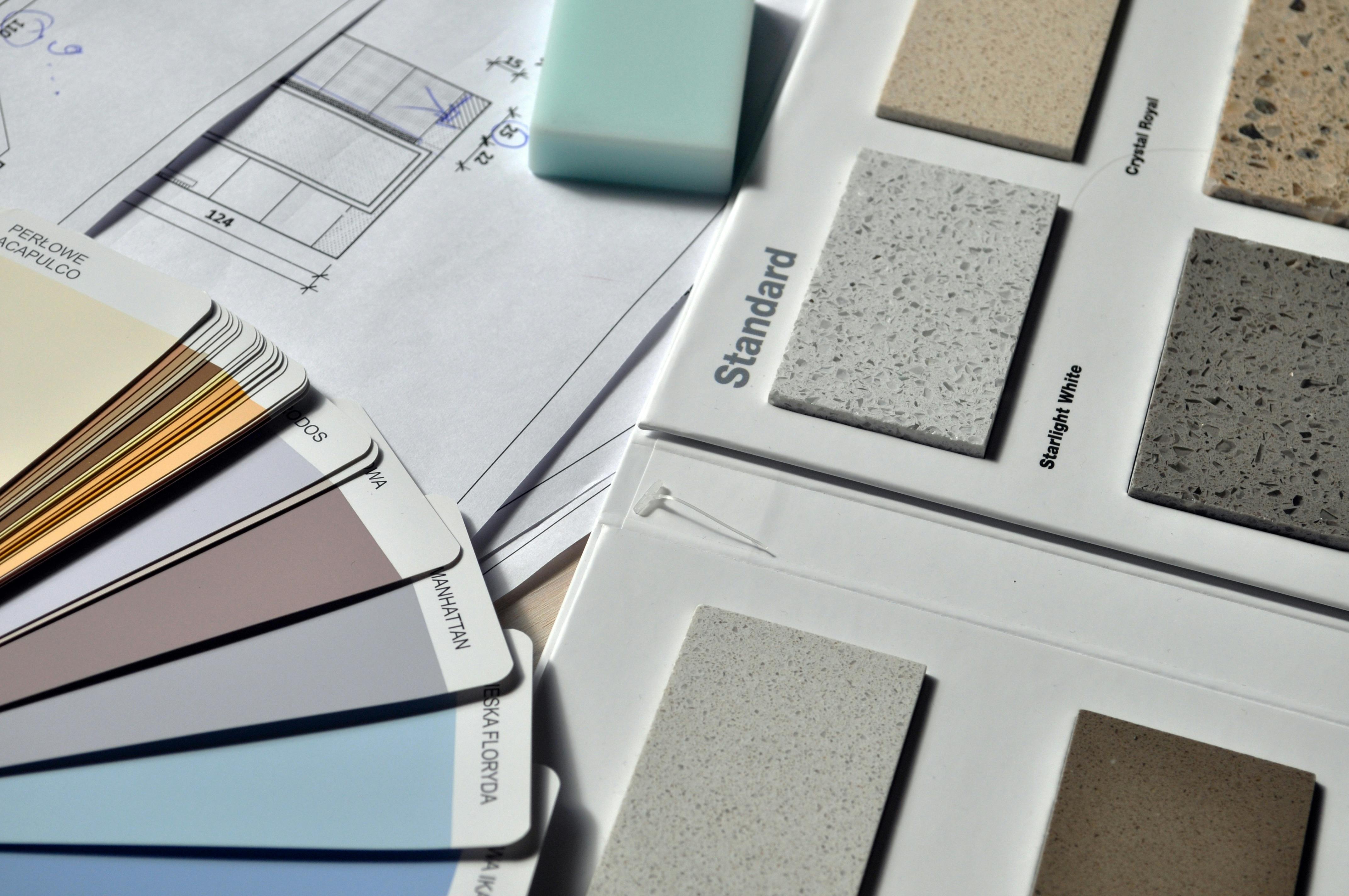Home Remodeling On A Budget In 2025: All You Need To Know
As we approach 2025, the desire to refresh and update our living spaces remains strong. However, with economic uncertainties and fluctuating costs, many homeowners are looking for ways to remodel their homes without breaking the bank. This comprehensive guide will walk you through the essentials of budget-friendly home remodeling, providing practical tips and strategies to transform your space without compromising on quality or style.

How Can You Remodel Your Home Yourself To Cut Costs?
One of the most effective ways to reduce remodeling expenses is by taking on some of the work yourself. DIY projects can significantly cut labor costs, which often account for a large portion of remodeling budgets. Start by assessing your skills and the time you can dedicate to the project. Simple tasks like painting, installing baseboards, or updating hardware are excellent starting points for DIY enthusiasts.
For more complex projects, consider a hybrid approach. You might tackle the demolition work yourself and hire professionals for specialized tasks like electrical or plumbing. Online tutorials and workshops at local home improvement stores can help you learn new skills. However, always prioritize safety and be realistic about your capabilities to avoid costly mistakes.
In What Other Ways Can You Cut Costs While Remodeling Your Home?
Beyond DIY, there are several strategies to minimize expenses during a home remodel:
-
Plan meticulously: A well-thought-out plan can prevent costly mistakes and changes mid-project.
-
Reuse and repurpose: Instead of buying everything new, consider refinishing or upcycling existing items.
-
Shop smart: Look for sales, compare prices, and consider slightly imperfect items or floor models for significant savings.
-
Focus on high-impact, low-cost changes: Sometimes, small updates like new paint, updated lighting, or hardware can dramatically transform a space.
-
Phase your project: Break your remodel into smaller, more manageable (and affordable) stages over time.
-
Consider alternative materials: Look for less expensive materials that mimic the look of pricier options, such as luxury vinyl planks instead of hardwood.
What Are The Average Prices For Remodeling Per Room?
Understanding average remodeling costs can help you budget effectively and set realistic expectations. Here’s a breakdown of estimated costs for common remodeling projects in 2025:
| Room | Average Cost Range | Key Factors Affecting Cost |
|---|---|---|
| Kitchen | $15,000 - $50,000 | Appliances, cabinetry, countertops |
| Bathroom | $10,000 - $30,000 | Fixtures, tiling, vanity |
| Living Room | $5,000 - $20,000 | Flooring, lighting, paint |
| Bedroom | $4,000 - $15,000 | Flooring, closet systems, paint |
| Basement | $20,000 - $75,000 | Waterproofing, flooring, electrical |
| Attic | $30,000 - $60,000 | Insulation, structural changes, HVAC |
Prices, rates, or cost estimates mentioned in this article are based on the latest available information but may change over time. Independent research is advised before making financial decisions.
It’s important to note that these figures are estimates and can vary significantly based on factors such as location, materials chosen, and the extent of the remodel. High-end finishes and structural changes will increase costs, while opting for budget-friendly materials and minimal alterations can help keep expenses down.
How Can You Prioritize Remodeling Projects On A Budget?
When working with limited funds, prioritizing your remodeling projects is crucial. Start by focusing on areas that will:
-
Improve functionality: Address any issues that affect your daily life, such as outdated plumbing or inefficient layouts.
-
Enhance energy efficiency: Upgrades like improved insulation or energy-efficient appliances can lead to long-term savings.
-
Boost resale value: If you’re planning to sell in the future, prioritize projects with a high return on investment, such as kitchen or bathroom updates.
-
Increase safety: Address any potential hazards, such as outdated electrical systems or unstable structures.
-
Align with your long-term goals: Consider how the remodel fits into your overall vision for your home and lifestyle.
What Are Some Innovative Budget-Friendly Remodeling Trends For 2025?
As we look towards 2025, several trends are emerging that combine style with affordability:
-
Smart home integration: Affordable smart devices can modernize your home without extensive renovations.
-
Sustainable materials: Eco-friendly options are becoming more accessible and can often be cost-effective in the long run.
-
Multifunctional spaces: Designing rooms to serve multiple purposes can maximize your investment.
-
Bold colors and patterns: Using paint and wallpaper to create statement walls offers high impact at a low cost.
-
Indoor-outdoor living: Enhancing connections to outdoor spaces can expand your living area without major construction.
By embracing these trends and applying the cost-saving strategies outlined in this guide, you can achieve a stunning home remodel that fits your budget in 2025. Remember, successful budget remodeling requires creativity, careful planning, and a willingness to compromise on some aspects while prioritizing others. With the right approach, you can create a home that feels fresh, functional, and uniquely yours without overspending.




